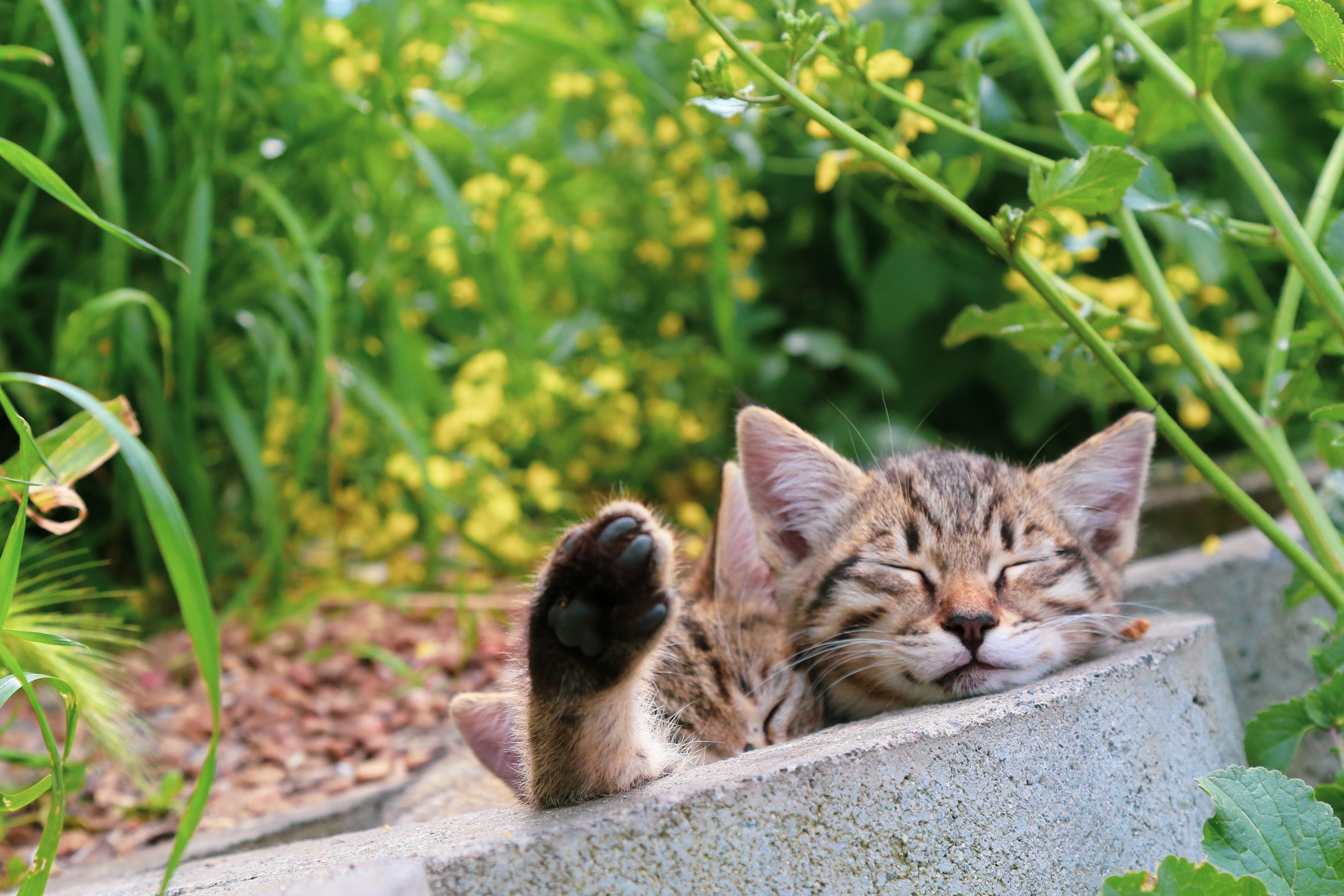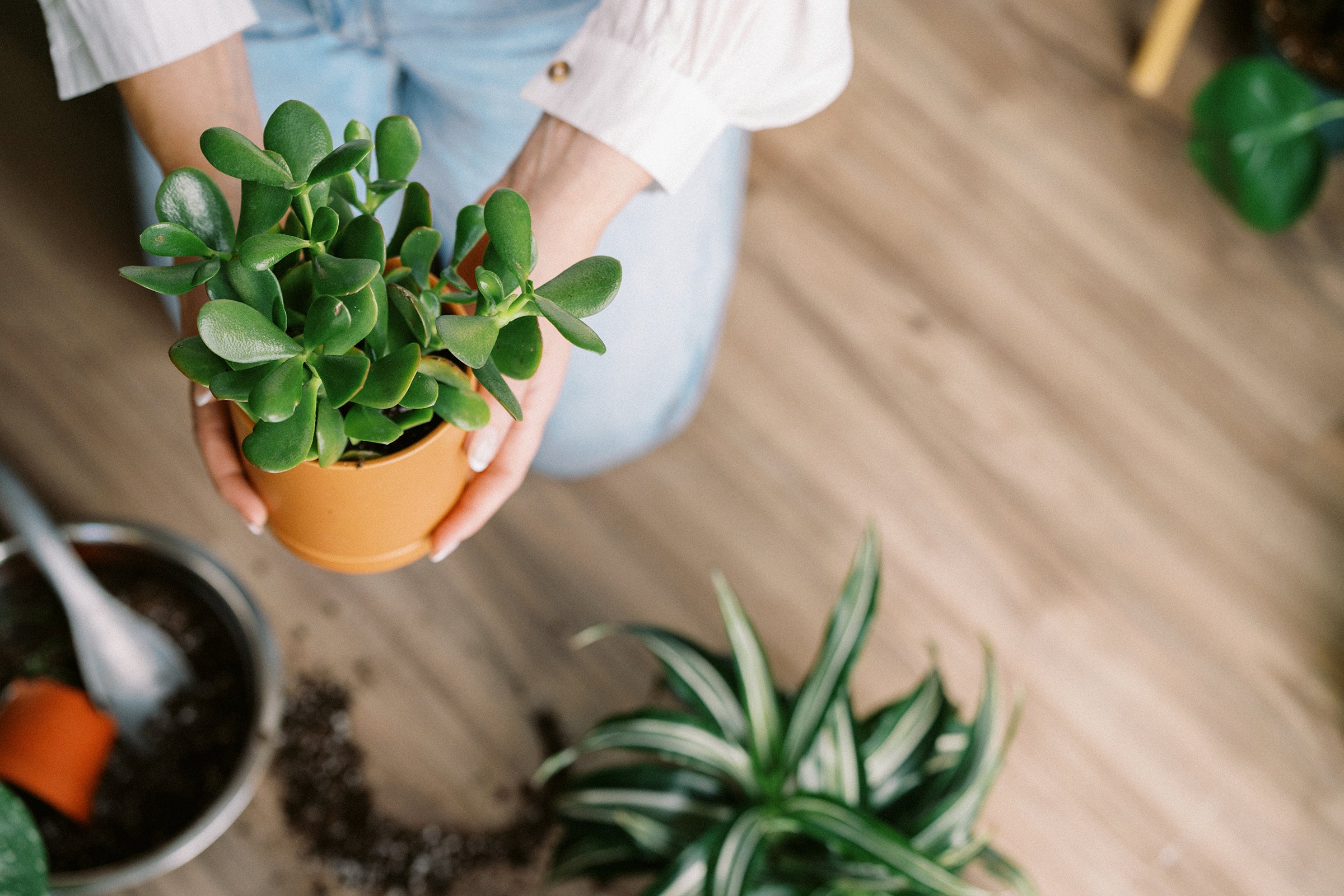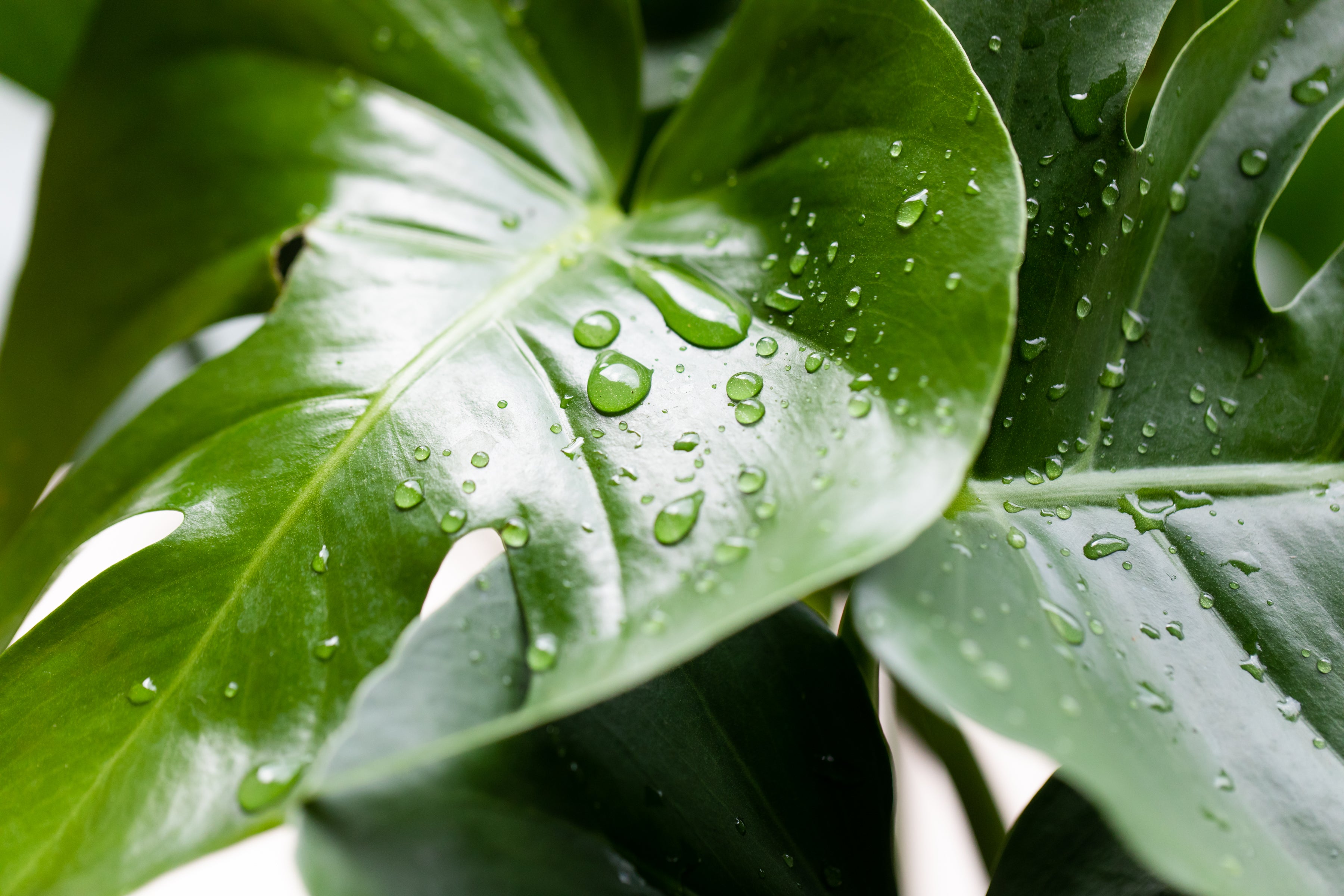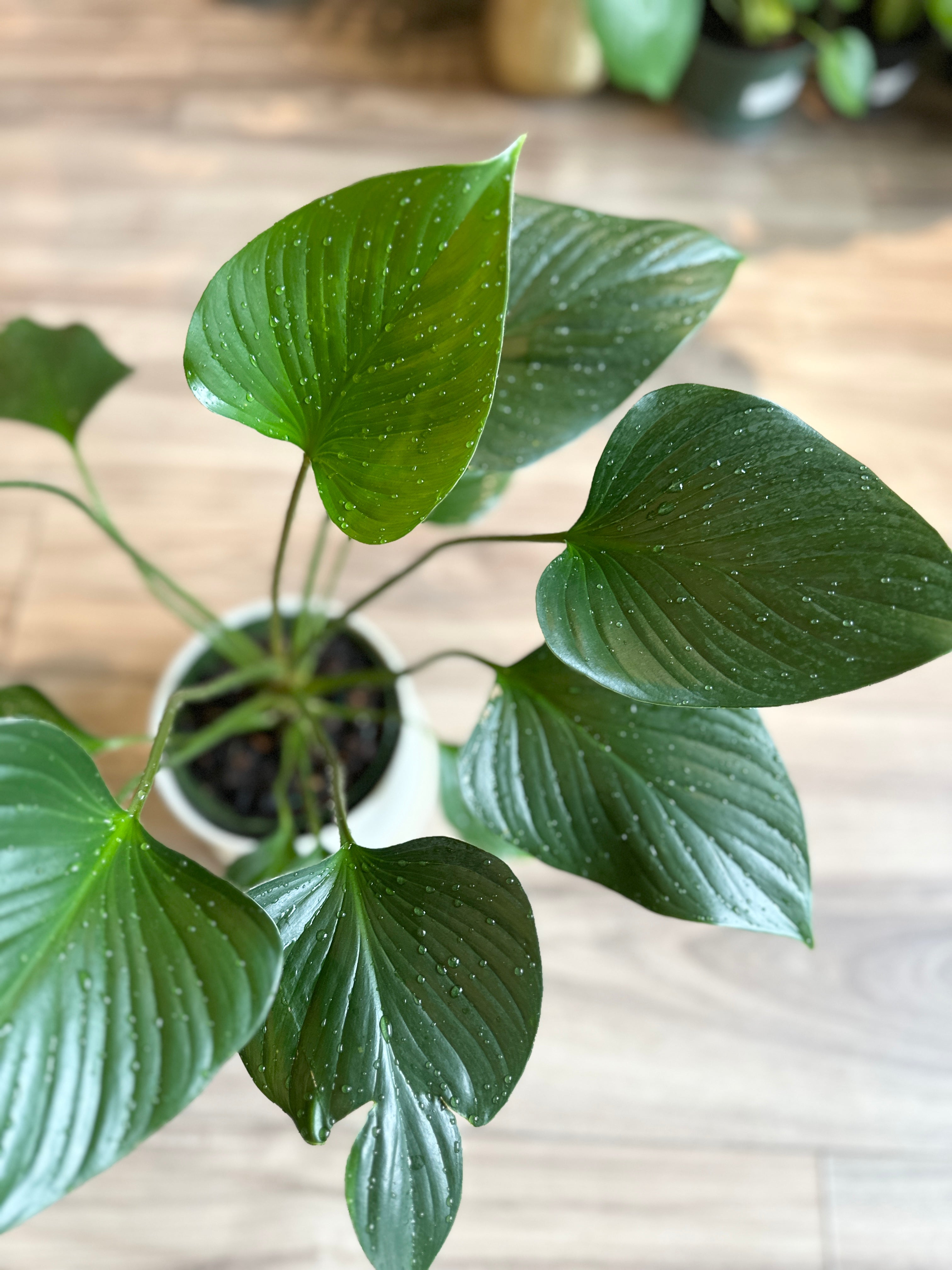Pet-Friendly Plants for a Safe & Beautiful Home

Pet-Friendly Houseplants: A Safe and Stylish Guide for Homes with Cats and Dogs
For many plant lovers, bringing the beauty of nature into their homes is a joyful and calming experience. The lush green leaves, interesting textures, and occasional blooms can make any space feel alive and vibrant. But if you share your home with pets, there’s one extra layer of thought that needs to go into your plant collection: safety.
Many common houseplants—beautiful as they are—can be toxic to cats and dogs if ingested. Even small nibbles can lead to symptoms ranging from mild stomach upset to more serious health issues. As any pet owner knows, cats are curious explorers and often enjoy sampling leaves just to see what happens. Dogs, too, may chew plants out of boredom or playfulness.
The good news? There are plenty of stunning, non-toxic plants that let you enjoy the greenery you love while keeping your furry friends safe. In this guide, we’ll walk through some of the best pet-friendly plants, their care tips, and practical ways to create a home that’s both plant-filled and pet-safe.
Why Choosing Pet-Friendly Plants Matters
Houseplants do more than just look good—they can improve your mood, purify the air, and connect you to nature. But some of the most popular varieties, like pothos, peace lilies, and philodendrons, contain compounds that can cause serious health issues for pets.
Choosing pet-friendly plants removes a layer of worry from your daily life. Even if your cat decides to leap onto a shelf and gnaw on a leaf, or your dog decides the pot looks like a new chew toy, you’ll know that the plant won’t harm them. This peace of mind means you can focus on enjoying your plants instead of constantly policing them.

Top Pet-Friendly Houseplants for Your Home
Here are some of the most beautiful and easy-to-grow plants that are also safe for cats and dogs—so you can enjoy lush greenery without worrying about your furry friends.
Money Tree (Pachira aquatica)
A beloved symbol of good luck and prosperity, the money tree is just as stylish as it is safe. Its signature braided trunk and clusters of bright green leaves make it an instant statement piece in any room. Known for its adaptability, the money tree thrives in bright, indirect light but can also tolerate lower light conditions, making it perfect for a variety of spaces. Even better—it’s completely non-toxic, so pets can roam freely without risk.
Caring for a money tree is simple: water when the top couple of inches of soil feel dry, avoid overwatering to prevent root rot, and give it a quarter turn every so often so it grows evenly toward the light.
Peperomia (Peperomia spp.)
Peperomias are a delight for plant lovers, coming in an endless variety of shapes, textures, and colors—from glossy heart-shaped leaves to rippled or variegated patterns. Compact in size, they fit beautifully on desks, windowsills, and bookshelves, making them perfect for smaller homes or apartment living. Safe for both cats and dogs, peperomias are as easygoing as they are charming.
They prefer bright, indirect light and appreciate moderate watering, allowing the soil to dry slightly between waterings. Even if you forget to water for a bit, they’ll usually forgive you.
Calathea (Calathea spp.)
Often called the “living plant” because of its habit of folding its leaves upward at night, the calathea is as interactive as it is stunning. Its leaves boast striking stripes, spots, or multi-toned colors, bringing a tropical vibe indoors. These plants are completely safe for pets, so there’s no need to worry if your cat decides to inspect those patterned leaves up close.
Calatheas like their soil kept evenly moist, enjoy medium to low indirect light, and thrive in higher humidity, making them perfect for kitchens or bathrooms where the air is naturally more humid.
Boston Fern (Nephrolepis exaltata)
Lush, feathery, and effortlessly classic, the Boston fern has a timeless charm that suits both vintage-inspired and modern spaces. Its full, arching fronds create a soft, woodland look that’s safe for curious nibblers of the feline or canine variety.
Boston ferns love bright, indirect light and consistent moisture in their soil. They also appreciate extra humidity, so misting them regularly or keeping them in a naturally humid spot will keep them looking full and healthy.
Haworthia (Haworthia spp.)
If you’re a fan of succulents but worry about pet safety, haworthia is the perfect choice. Its neat, rosette-shaped leaves and slow growth make it a low-maintenance beauty for sunny windowsills or bright tabletops. Completely non-toxic to cats and dogs, it’s a safe way to bring the sculptural charm of succulents into your home.
Haworthias need plenty of bright light, including some direct sun, and prefer deep but infrequent watering, allowing the soil to dry completely between waterings.
Pilea Peperomioides (Chinese Money Plant)
Round, coin-shaped leaves and a cheerful, upright growth habit give the Chinese money plant an irresistible, whimsical look. Safe for pets and easy to grow, it’s a plant that sparks joy in any room. It’s also a generous grower, producing little “pups” that can be repotted and shared with friends.
This plant loves bright, indirect light and should be watered when the top inch of soil feels dry. Turning it regularly will help it maintain its even, symmetrical shape.

Beyond the Plant List: Tips for a Pet-Safe, Plant-Filled Home
Even with non-toxic plants, it’s smart to think about how your pets and plants coexist. Here are some ways to keep the peace:
1. Create Vertical Interest
Use shelves, hanging planters, or wall-mounted pots to add greenery without putting everything at paw level. This not only protects your plants but also gives your home more depth and style.
2. Use Heavy Pots for Floor Plants
If you have larger plants at ground level, choose sturdy, heavier pots that are harder for pets to tip over.
3. Offer Pet-Friendly “Decoy” Plants
Cats often enjoy nibbling greens for digestion or play. Keep a small pot of cat grass (wheatgrass) or catnip to satisfy their curiosity without harming your décor.
4. Keep an Eye on Playful Paws
Even safe plants can suffer from repeated paw batting, digging, or leaf chewing. If your pet is too interested in a particular plant, try placing it in a less accessible spot.
5. Match Plants to Your Lifestyle
Some pet-friendly plants, like calatheas or Boston ferns, prefer higher humidity and consistent watering, while others, like haworthia, thrive on neglect. Choose plants that fit naturally into your care habits.

Final Thoughts: Safe, Green, and Full of Life
Creating a home that embraces both plants and pets is all about balance—and with the right choices, it’s easier than you think. By selecting non-toxic favorites like money tree, peperomia, calathea, Boston fern, haworthia, and pilea peperomioides, you can enjoy a thriving indoor jungle that’s safe for your furry friends.
Every pet is unique—some might completely ignore plants, while others see leaves as playthings or snacks. With a thoughtful mix of pet-friendly plants and smart placement, you can create a vibrant, welcoming space that keeps both your plants and pets happy.
At Foliage, we’re passionate about helping you bring the joy of greenery into your home without worry. Whether you’re after a stunning statement plant, a compact desk companion, or something lush to fill a cozy corner, we’re here to guide you toward the perfect fit.
Stop by our store or browse online to explore our curated collection of pet-safe plants. And don’t forget to check out our Upcoming Workshops—we’d love to welcome you for a fun, hands-on plant care experience.
Here’s to a safe, green, and lively home for all members of your family—two-legged and four-legged alike!




Commentaires